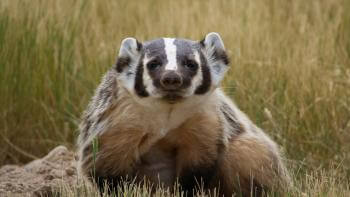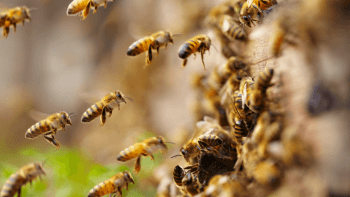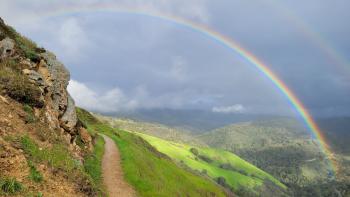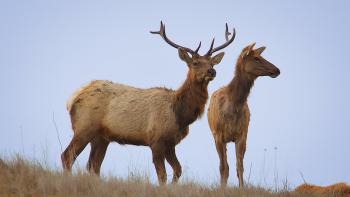Wildlife Thesaurus: Top 10 Native Animals with Nicknames
There are many different names you could use to refer to the animal species that live in Santa Clara Valley's open spaces! You can refer to them by their scientific names or their common names, but common names can get confusing when species have many that are used interchangeably.
Keep reading to learn some of the most common and interesting names for native Santa Clara Valley wildlife!
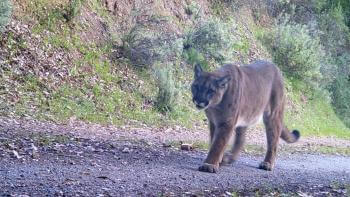
1. Mountain lion (Puma Concolor)
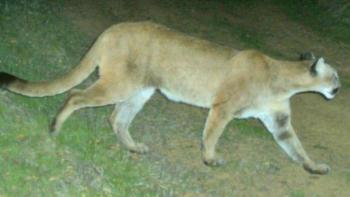
Other common names: Puma, cougar, panther, painter, ghost cat, catamount, mountain screamer.
Fun Fact: Mountain lions have more common names than any other animal in the world! They have at least 40 names, but we only shared a few for brevity’s sake!
2. Bobcat (Lynx rufus)
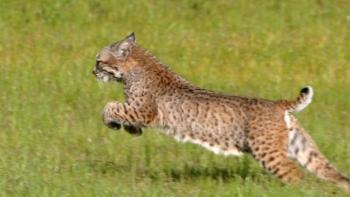
Other common names: Red lynx, wildcat, bay lynx
Fun fact: Because of their spotted coats and size, bobcats are often mistaken for mountain lion pups!
3. Coyote (Canis latrans)
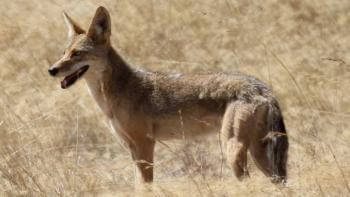
Other common names: Prairie wolf, brush wolf, American jackal
Fun fact: Coyotes can run at speeds of over 40 miles per hour when escaping threats or chasing down prey!
4. Barn owl (Tyto alba)
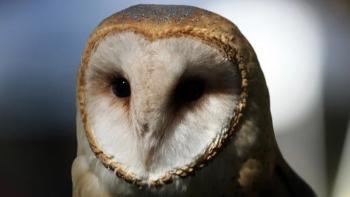
Other common names: Monkey-faced owl, ghost owl, church owl, death owl, hobgoblin owl
Fun fact: Barn owls don’t hoot – they screech!
5. Burrowing owl (Athene cunicularia)
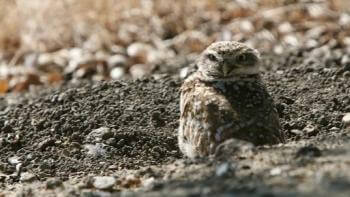
Other common names: Billy owl, ground owl, long-legged owl, prairie owl, prairie-dog owl
Fun fact: Contrary to their name, burrowing owls don’t dig their own burrows; they live in abandoned burrows made by other burrowing species, like ground squirrels!
6. Turkey Vulture (Cathartes aura)
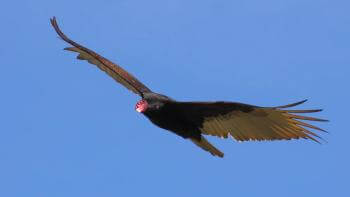
Other common names: Buzzard, John Crow, carrion crow
Fun fact: Turkey vultures use their keen sense of smell to find carrion (the decaying flesh of deceased animals)!
7. Western Fence Lizard (Sceloporus occidentalis)
Other common names: Bluebelly, fence lizard, swift, fence swift
Fun fact: Western fence lizards have a third eye on the top of their heads!
8. Grey Fox (Procyon cinereoargenteus)
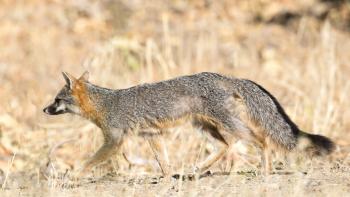
Other common names: Tree fox
Fun fact: Grey foxes are one of only two species in the Canidae (dog) family that are able to climb trees!
9. Monarch Butterfly (Danaus plexippus)
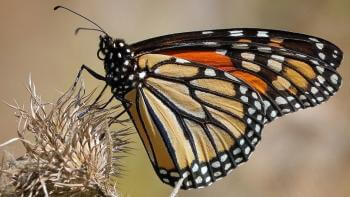
Other common names: Milkweed butterfly, black veined brown butterfly, wanderer butterfly
Fun fact: Monarchs can fly over 3,000 miles a year for their migration!
10. California Newt (Taricha torosa)
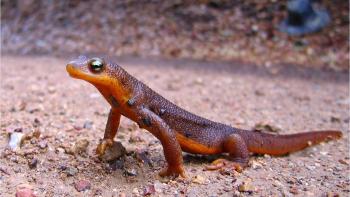
Other common names: Orange-bellied newt
Fun fact: California newts secrete the neurotoxin tetrodotoxin!
